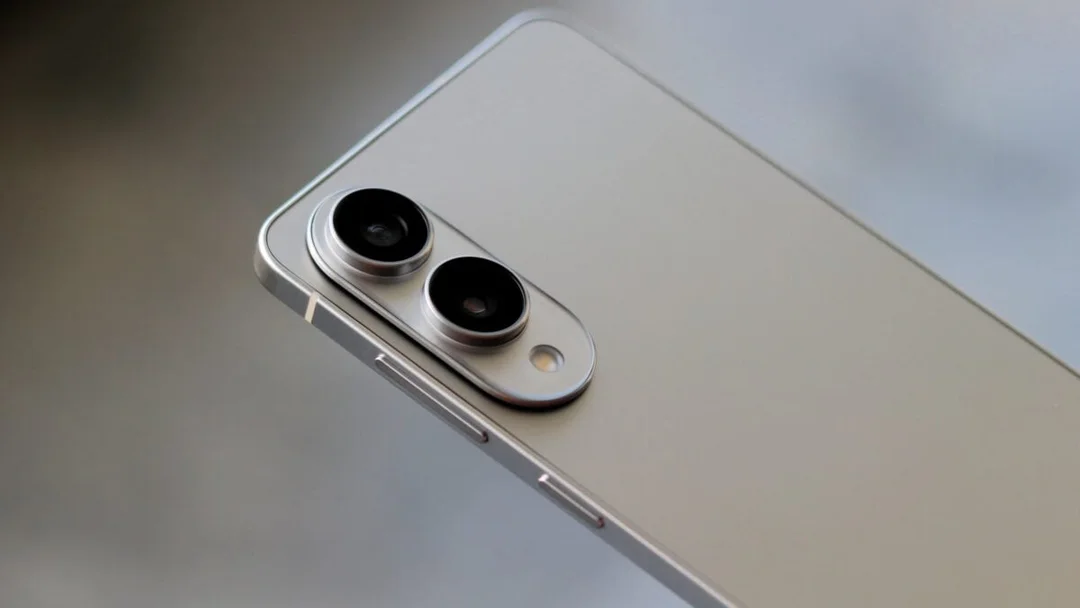
iPhone 17 Air vs. Galaxy S25 Edge: The Battle of Ultra-Thin Supremacy
The race for the thinnest and lightest smartphone is heating up! Whispers and rumors are swirling around two contenders: the iPhone 17 Air and the Galaxy S25 Edge. Both devices are pushing the boundaries of design, but at what cost?
Samsung's Galaxy S25 Edge has already made waves with its impressive thinness. However, this pursuit of a sleek profile seems to have impacted its battery life. While capable of lasting a full day, it falls short compared to the beefier Galaxy S25+.
Enter the rumored iPhone 17 Air. Apple aims to rival the S25 Edge in slenderness, reportedly boasting a mere 5.5mm thickness. To achieve this, rumors suggest Apple might use a 2,800mAh battery.
The Battery Trade-off: This smaller battery has sparked concerns. The iPhone 17 Air's battery is about 28% smaller than the S25 Edge's offering. This raises questions about whether the iPhone 17 Air can deliver sufficient battery life for average users.
Weight and Camera: The iPhone 17 Air is also expected to be lighter, weighing around 145g. In terms of camera, The iPhone 17 Air is also rumored to have a 12MP front-facing camera.
Apple's Secret Weapon: Apple is rumored to bring some AI-powered optimization techniques with iOS 19 to make the most of that 2,800mAh battery.

However, help may be on the horizon. TDK, a major Apple supplier, is reportedly ahead of schedule with silicon-based batteries. These next-generation batteries pack 15% more energy into the same space, potentially mitigating the battery life compromises.
Next-Gen Battery Tech According to a report from Bloomberg, battery maker TDK is ahead of schedule with a significant upgrade, where silicon is used for the battery anode rather than the conventional graphite. This means 15% more energy can be packed into the same space.
Pricing and Availability: The iPhone 17 Air is slated for release in the second half of the year with a target price below $1,000.
Will consumers embrace the ultra-thin form factor, even if it means potential battery compromises? Can Apple's software optimizations and potentially new battery technology bridge the gap? Only time will tell.
What do you think? Is a super-slim phone worth sacrificing battery life? Share your thoughts in the comments below!